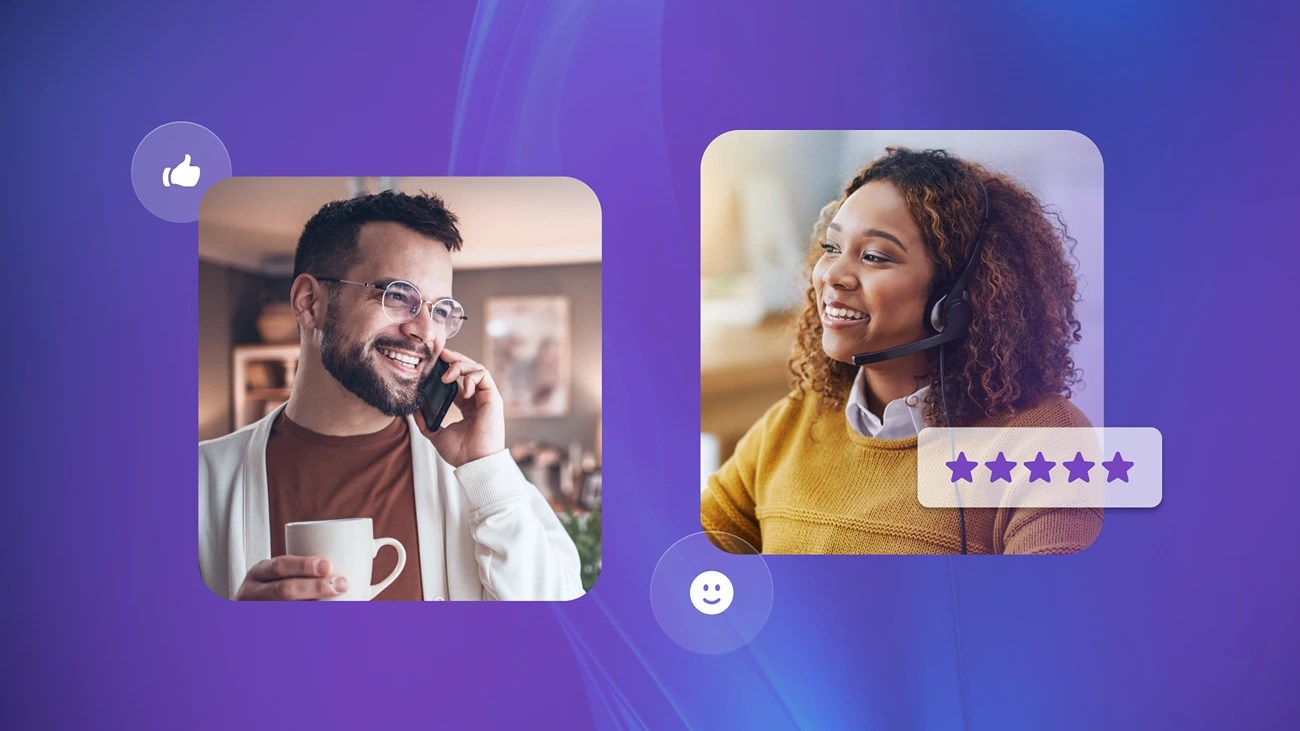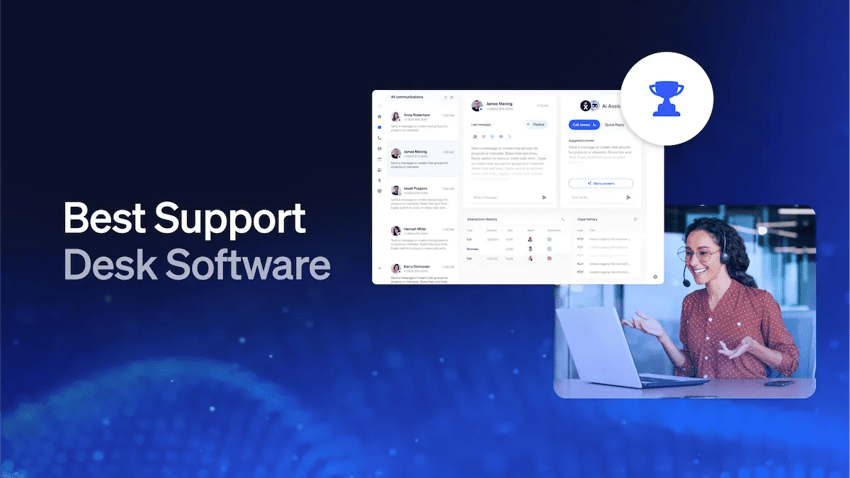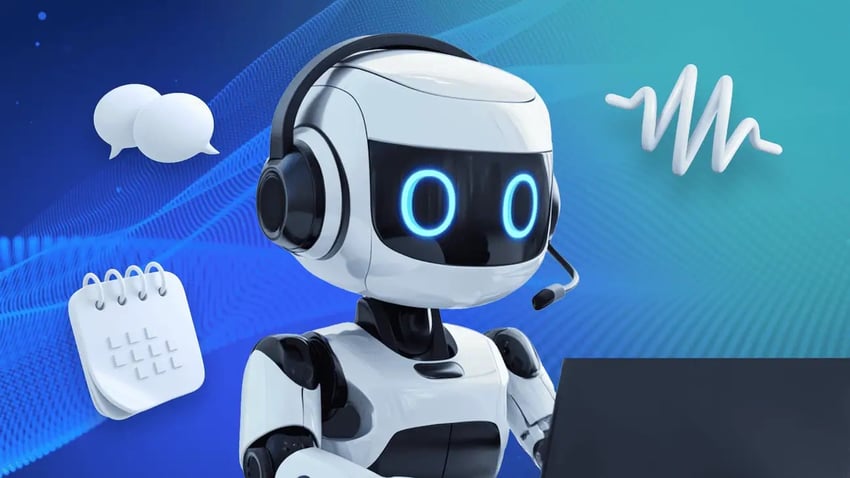Customers have higher expectations than ever before, with a recent study finding that 88% of customers wanted to work with brands that offered personalized experiences. Companies are increasingly offering more dedicated support through customer success programs, especially in competitive and complex industries like B2B SaaS.
If you want to improve your customers’ experience, you may want to consider developing a high-touch customer service strategy. High-touch engagement models can help you keep customers engaged, provide intentional support, and ensure that they have the resources needed to get the most value out of your product.
What Is High-Touch Customer Service?
High-touch customer service is a relationship-driven model that centers around personalized support.
It’s designed to meet the needs of high-value customers who benefit from frequent, tailored engagement strategies. These strategies may include one-on-one onboarding, dedicated account management, or real-time strategy sessions as needed. There’s a major focus on using the human touch to deliver personalized interactions based on each customer’s needs, and it can be a critical component in customer success campaigns.
Telltale signs of a high-touch customer service strategy include:
- Personalized support from a dedicated customer service manager.
- Frequent and proactive check-ins from the account manager.
- Deep customer data usage for contextual conversations across the entire customer journey.
- Strategic guidance and consultations to help customers succeed long-term, potentially including guided tutorials or product usage recommendations.
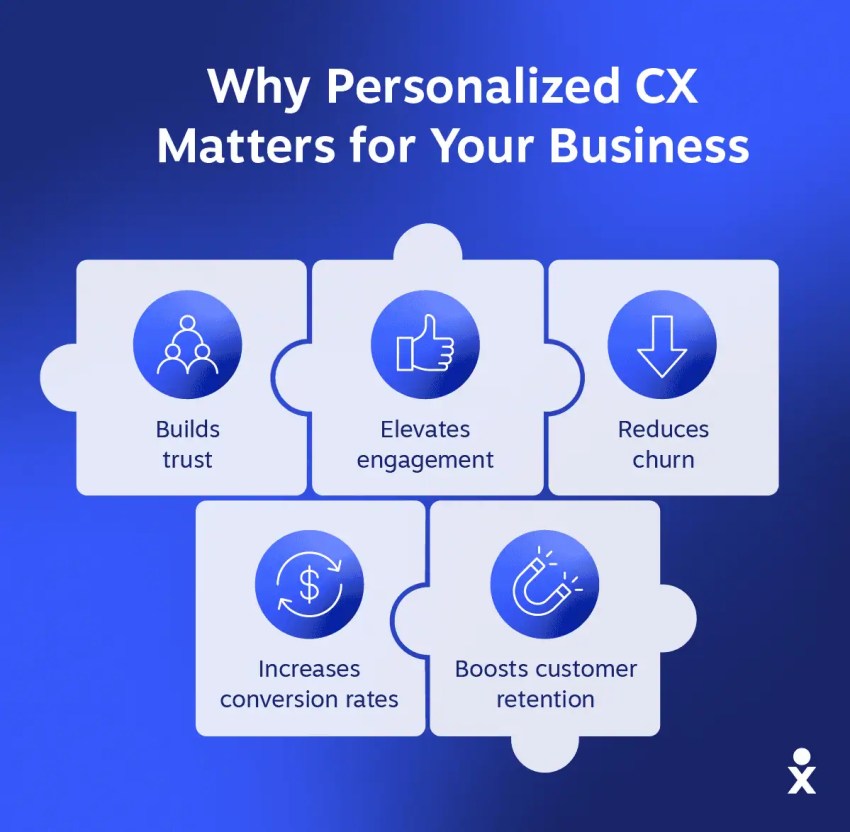
A high-touch model often works best when customer success teams don’t act in a supportive and passive role, but instead act as strategic partners throughout the customer’s journey.
High-Touch vs. Low-Touch: What’s the Difference?
Businesses defining their customer success and service strategies can choose between high-touch and low-touch models.
Here’s a breakdown of the key differences between the two.
| Feature | High-Touch Service | Low-Touch Service |
|---|---|---|
| Interaction Frequency | High — Regular check-ins, strategic sessions | Low — Trigger-based, reactive communications |
| Service Style | Personalized, consultative | Automated, standardized |
| Human Involvement | Heavy — Dedicated customer support manager (CSM) or account rep | Minimal — Chatbots, self-service portals |
| Ideal For | High-value, complex customers | Self-sufficient, low-cost accounts |
| Tools Used | CRM, video calls, shared workspaces | Knowledge base, product tours, chatbots |
There are pros and cons to each model. High-touch service offers more personalized support, while low-touch customer service may be more easily scalable with automation. And for this reason, you don’t have to choose one over the other.
In fact, you shouldn’t. The best companies use a hybrid customer engagement model, which uses low-touch models to automate reactive communications and high-touch service where it matters most.

Why Use a High-Touch Customer Service Model?
High-touch support is about more than just providing good service. It’s a strategy that can build engagement and customer loyalty, which in turn can reduce churn and increase customer lifetime value (LTV).
High-touch service can offer the following benefits:
- Increased retention: Proactive service builds long-term trust and value.
- Higher customer satisfaction (CSAT): Clients feel heard, valued, and supported, which establishes loyalty.
- Upsell and expansion opportunities: Strong relationships lead to deeper product adoption, which can increase LTV.
- Brand differentiation: High-touch care becomes a competitive moat, making customers less likely to jump ship if a competitor swoops in with a lower price tag.
- Improved onboarding and product adoption: Customers ramp up faster and with less friction, decreasing time to value (TTV) and increasing adoption rates.
How the High-Touch Service Model Works
Implementing high-touch service isn’t about holding more meetings (because we all have enough meetings!). Instead, it prioritizes adding true value at each stage of the customer journey by offering personalized service that strengthens customer relationships.
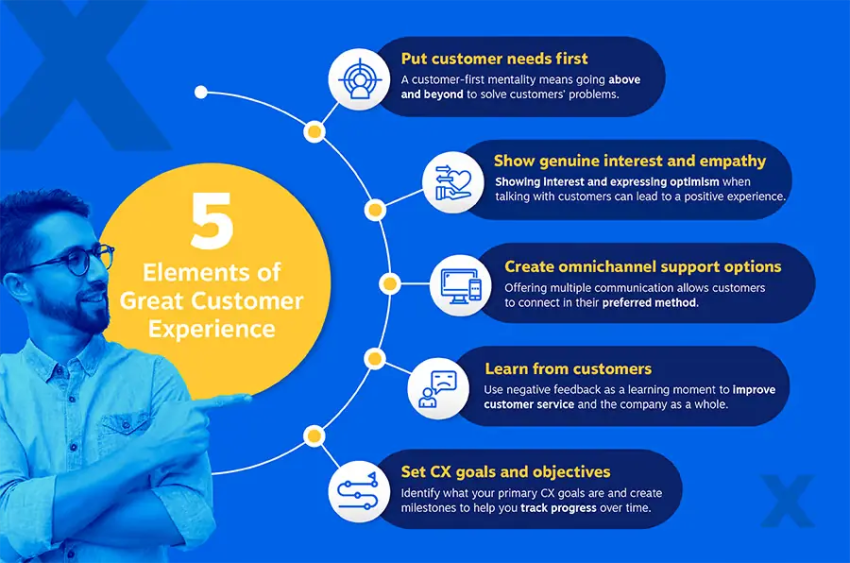
High-touch models can offer exceptional customer experiences (CX) by leveraging the following:
- Customer profiling: Account managers use CRM and behavioral data to understand individual customer goals, pain points, and preferences.
- Dedicated support teams: Customers are assigned named reps or CSMs who provide personalized attention and proactive outreach.
- Regular check-ins: CSMs conduct monthly or quarterly business reviews (QBRs), tailored success calls, or health score syncs to evaluate client needs and offer support.
- Personalized resources: Brands create custom onboarding materials, set up personalized dashboards, or develop usage recommendations for each client.
- Feedback loops: Collect customer feedback through frequent net promoter score (NPS) or CSAT pulse campaigns with customer satisfaction surveys to optimize CX.
8 Proven Strategies to Deliver High-Touch Customer Support
Enabling your success and customer service teams to deliver high-touch support requires intentional effort, the right technology, and changes to your existing processes. Let’s look at eight proven strategies that can help your organization facilitate high-touch customer support successfully.
1. Assign dedicated customer success managers
By providing immediate value, CSMs can reduce churn and increase revenue. A 2024 study found that 88% of respondents said they either “strongly agreed” or “somewhat agreed” that their CS team’s efforts would reduce churn rates in 2025.
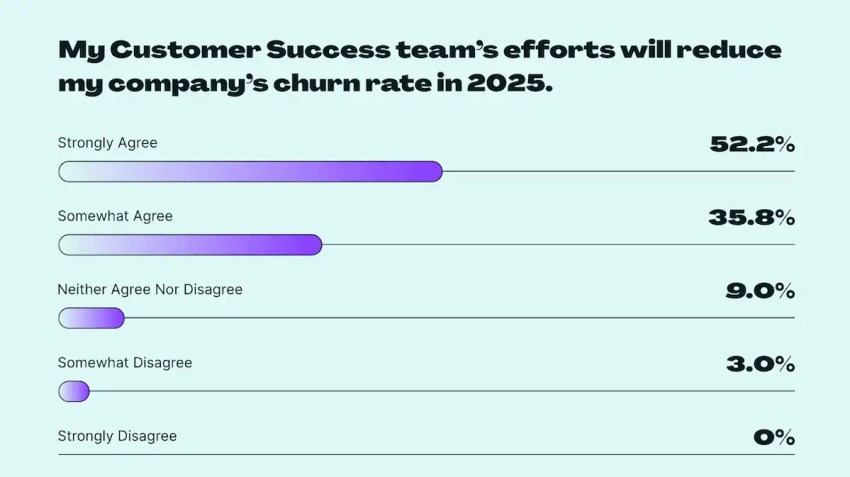
Dedicated CSMs offer a consistent point of contact. Customers are familiar with their account manager, and this person will understand the customer’s business, goals, pain points, and product use cases.
CSMs can proactively identify potential bottlenecks, make suggestions for product usage, and identify customers at risk of churn. They’re also available if customers ever need additional support.
2. Develop a thoughtful onboarding process
Onboarding can make or break a customer relationship. For too many companies, it’s breaking the relationship.
A 2022 study found that 90% of businesses can lose clients during the onboarding process, but leveraging some human interaction could reduce abandonment rates.
Create an onboarding process that tailors training, documentation, and meetings to match the client’s unique use case and needs. This can help demonstrate value to new customers based on their pain points and intended use, and it’s a great example of how human interaction can be invaluable in CS initiatives.
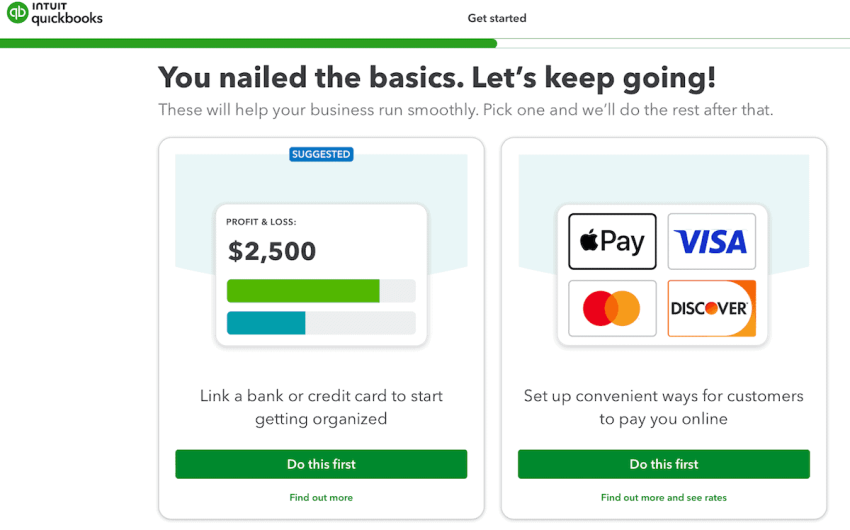
3. Schedule regular, strategic touchpoints
You don’t want to wait for customers to file a support ticket or get in touch with a complaint. It’s better to strive for proactive outreach.
Think beyond basic support. Consider options like usage consultations, roadmap planning, and QBRs. Schedule out these touchpoints strategically and at milestone dates. This shows customers that you’re invested in the relationship and ensures that you’re staying on their radar and keeping them engaged.
4. Leverage CRM and customer data
Integrate your CRM platform with the customer service and communication platforms your teams rely on to create a customer-centric approach to support.
Your team can use each customer’s account history, interaction overviews, usage data, and survey results to guide each conversation. Your support teams and CSMs can use this information to offer better recommendations and account management to each individual customer.
5. Automate low-touch tasks
While high-touch models prioritize human interaction, there are still plenty of ways to benefit from automation.
You can — and should — automate low-touch tasks like frequently asked questions, scheduling, and survey distribution. Tools like chatbots, automated emails, and automated communication workflows can free up your CSMs to spend more time building customer relationships.
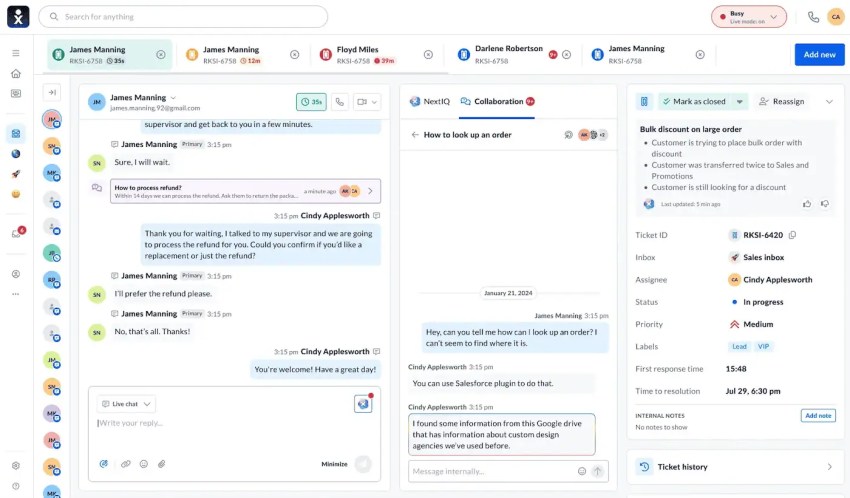
6. Use personalized, value-driven follow-ups
High-touch support should include plenty of outreach that’s personalized to the individual customer. It’s not just all about sales.
You can share industry news, product tips, or usage insights relevant to each customer.
There are options to streamline this, such as sending relevant industry news to segments of customers who meet certain firmographic traits or product tips to customers who meet certain usage criteria. That said, some outreach, like usage insights, is most effective when truly customized for each client.
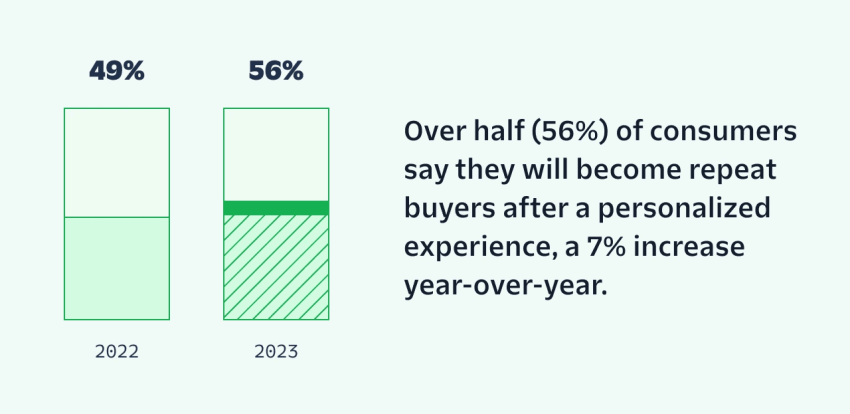
7. Empower agents with better tools
If you want better results, you should start by using the right technology.
Equip support teams with real-time insights, complete customer data, AI assistant tools, and unified communications platforms. Allowing customer service teams and CSMs to have a 360-degree customer view during each interaction is critical for offering personalized support.
Tools like NextivaONE can help your CSMs offer next-level support that keeps customers engaged and retained, with AI-assisted workflows, omnichannel support, and real-time analytics and data.
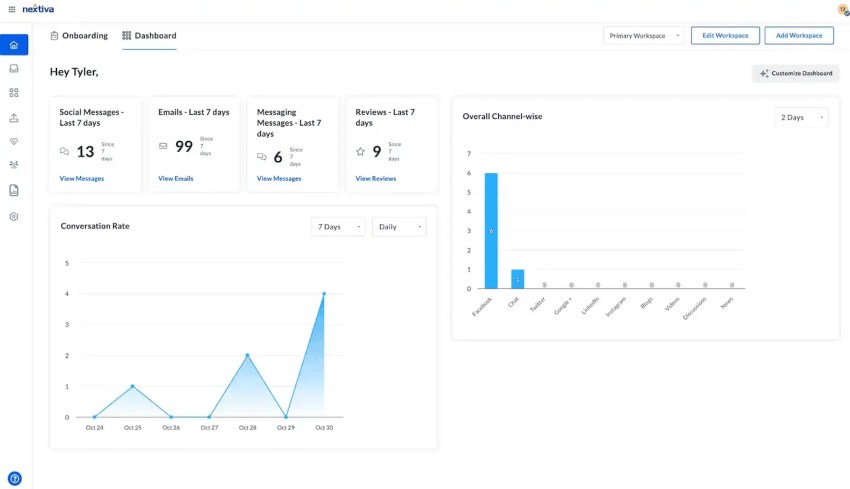
8. Create exclusive access and benefits
Everyone likes exclusive perks, whether it’s access to new products or special benefits.
Consider options like VIP support lines, early or beta access to features, or invite-only resources like webinars. These can be offered to top-tier clients and tailored based on how they use your product, the value of their plan, or their stage in the funnel.
For best results, your CSM can reach out to clients personally with these offers.
How to Measure the Impact of High-Touch Service
It’s essential to track customer experience KPIs to understand the impact of your high-touch service strategy. Tracking the right data can help your team understand how your efforts are impacting crucial metrics, like retention and satisfaction, and may help you identify opportunities for additional optimizations.
These are the customer service metrics you should be tracking:
- Customer lifetime value (LTV), which should increase alongside high-touch service initiatives.
- Customer retention rate, which should increase with your LTV.
- CSAT score, which is based on direct customer feedback.
- TTV during onboarding, with shorter TTVs being ideal.
- Support escalation rate, which will decline with better relationship management.
- NPS, which tells you how likely customers are to refer you to their network.
- Engagement metrics, like QBR attendance, logins, and call durations.

Make High-Touch Customer Service a Reality With Nextiva
Whether you’re a startup managing high-value accounts or an enterprise company with a segmented customer base, Nextiva helps you deliver high-touch service efficiently and at scale.
We know that the future of customer service is deeply personalized, relying on a combination of automation at scale alongside a human touch. We can help you find that balance with these features:
- Unified customer view: All interactions, including voice, email, and chat, are stored on one platform for complete visibility, allowing for more personalized support.
- Automated workflows: Let your customer success managers build relationships while automation handles check-in scheduling, ticket routing, and survey requests.
- Real-time collaboration: Use video, messaging, and file sharing to connect with clients within a single dashboard.
- Customer journey analytics: Monitor engagement and satisfaction trends to personalize interactions at scale.
- Omnichannel support: Reach clients on their terms and platform of choice, whether it’s voice, text, email, or social.
If you’re ready to offer your clients comprehensive, high-touch customer support aided by automation, learn more about NextivaONE today.
One app for all your conversations.
Your business phone calls, texts, meetings, and contacts in one place. Work anywhere, across all your devices.

















 Customer Experience
Customer Experience 

